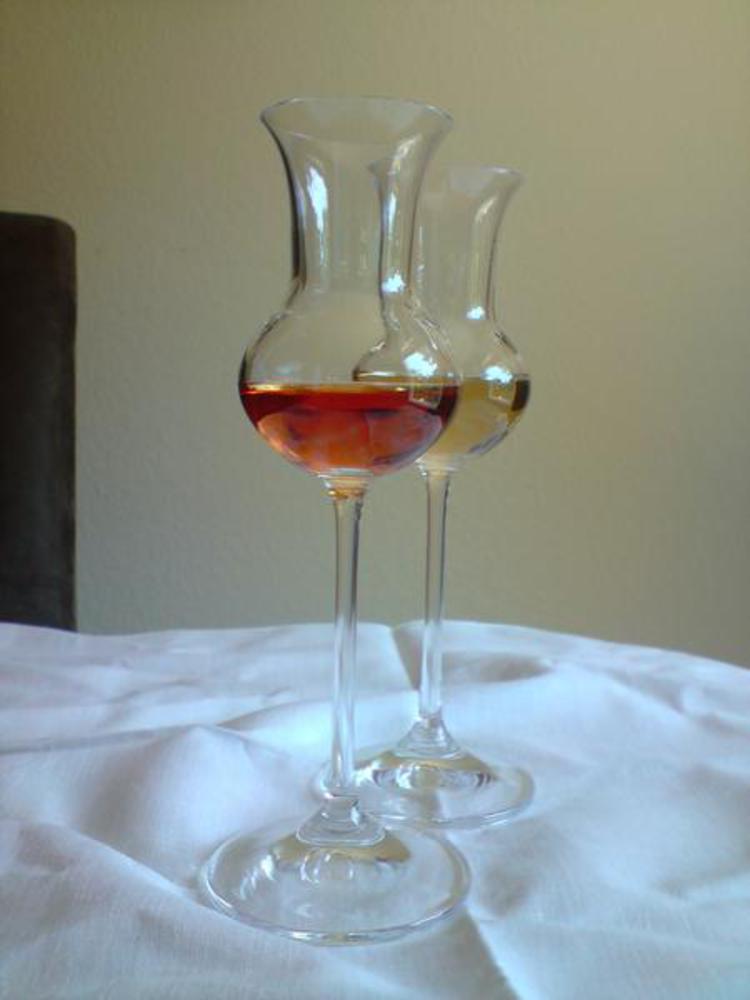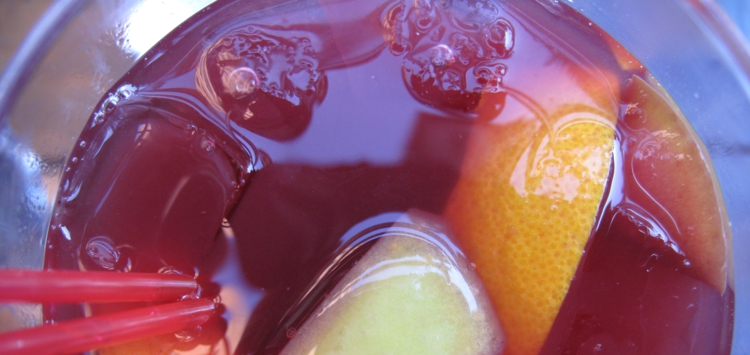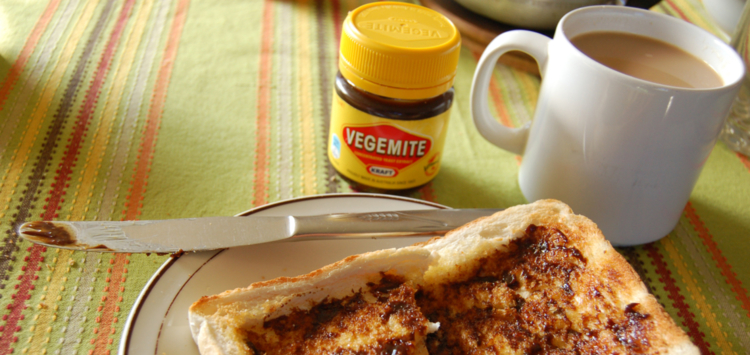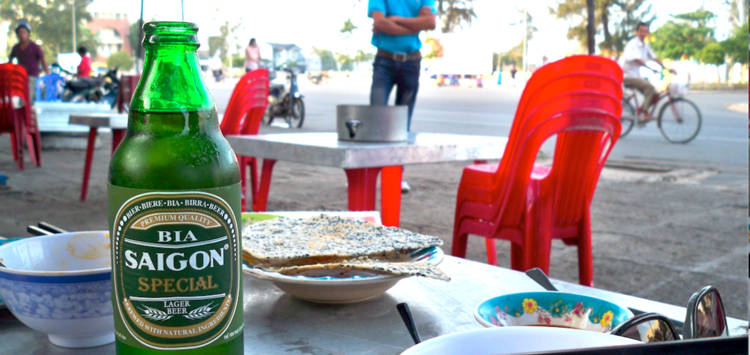A tour of Italy in 5 liqueurs
Published: 20/08/2015 12:00

Whether it's a digestif, a festive shot, slipped into your coffee or to flavour your desserts, Italian liqueurs transalpines will certainly spice up your trip.
-
An amaretto, the bitter Lombardy specialty
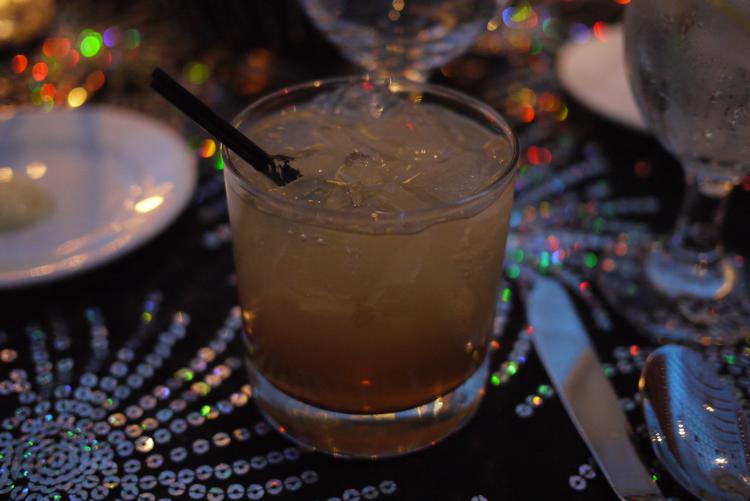 An Amaretto Sour (©Erica Minton/Creative commons)
An Amaretto Sour (©Erica Minton/Creative commons)You'll recognize the sweet and bitter taste of amaretto before ever drinking it - it is used as a flavouring, especially for tiramisu. This bitter-almond liqueur is 25 percent alcohol and isn't only used to flavour desserts (biscuits, ices, panna cotta, etc. ); it is also enjoyed neat or with ice. It's the star ingredient in many cocktails, the most famous being the Amaretto Sour.
-
A retro Frangelico in Pedémont
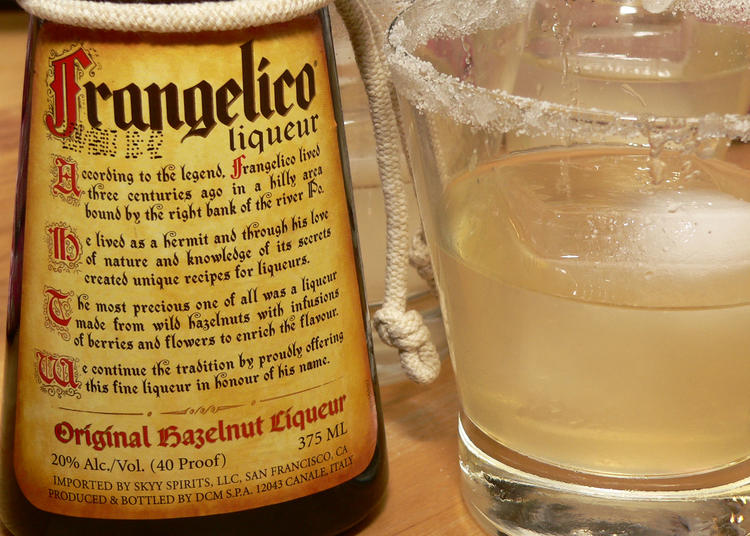 Frangelico (©Harlan Harris/Creative commons)
Frangelico (©Harlan Harris/Creative commons)Hazelnut liqueur infused with cocoa and vanilla? Just the list of ingredients makes you understand why Frangelico is the gourmet liqueur. What's the best way to enjoy it? After a rather heavy meal, order a Frangelico Affogato, a dessert consisting of a scoop of vanilla ice cream, a coffee and a shot of Frangelico, and you'll be ready to party all night!
-
A limoncello on the Amalfi Coast
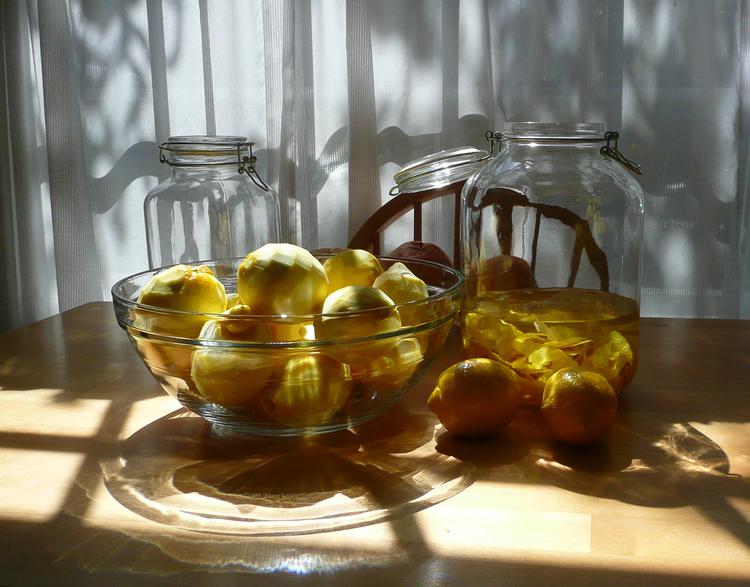 Home-made limoncello (©lovesee/Creative commons)
Home-made limoncello (©lovesee/Creative commons)Water, sugar, pure alcohol and lemons, macerate the lot and a few months you'll have home-made to be served cold in little ceramic glasses. Italians traditionally make their own liqueurs. For this purpose, supermarkets sell bottles of pure alcohol of close to 100 percent proof. Don't be surprised if you come limoncino, limonetta or other liquore di limone during your trip. Limoncello is a protected designation of origin and must be produced from Sorrente (Campania) lemons to benefit from the name.
-
Home made grappa in Venice
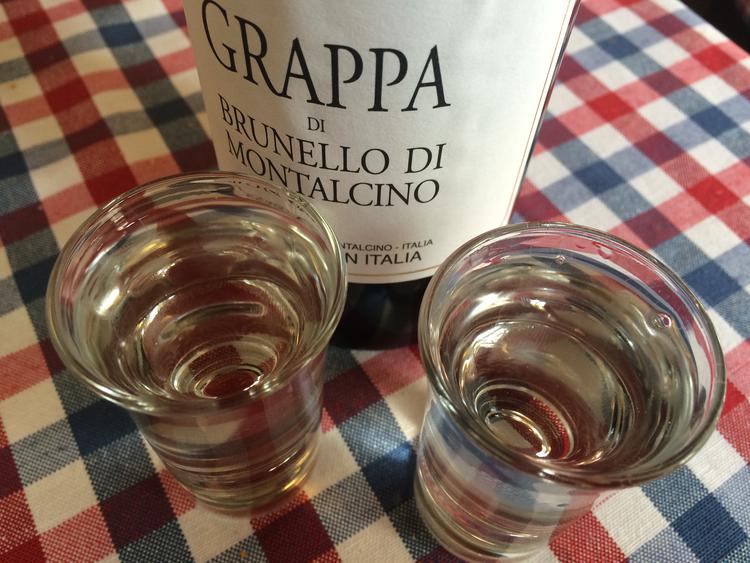 Grappa (©ItalyzeMe ItalyzeMe/Creative commons)
Grappa (©ItalyzeMe ItalyzeMe/Creative commons)"I've a photo of myself at the age of 10 in my underwear at my grandfather's. I'm trampling grapes with my feet to make grappa", says Rafaelle, passing me some of his cousin's grappa at the village festival of Pacengo di Lazise, beside the Garde lake. This grape-based eau-de-vie is produced all over Italy and is transparent when it emerges from the still. The best varieties are, however, aged in oak barrels and acquire a beautiful amber tint. Use tulip glasses, which will distance the alcohol from your nose while retaining all the flavours.
-
A sambuca in Rome
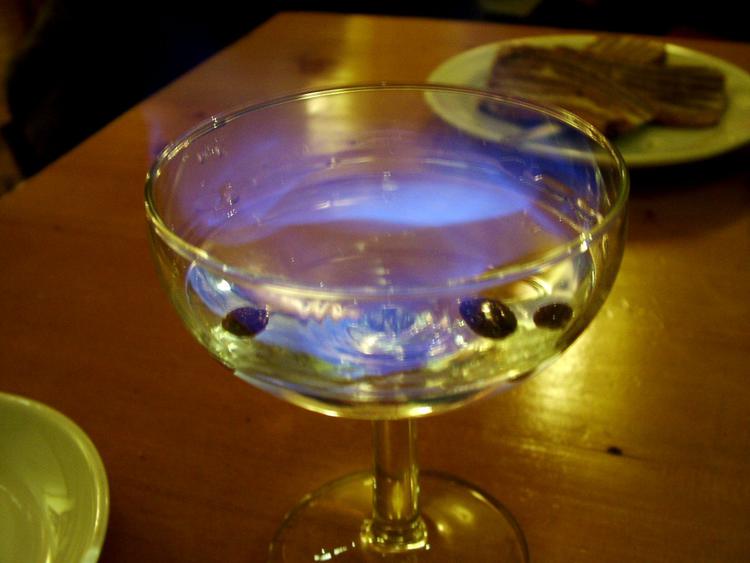 A sambuca flambée "à la mouche" (©Eelco/Creative commons)
A sambuca flambée "à la mouche" (©Eelco/Creative commons)Some bluish flames, a transparent drink with three coffee beans floating in it: no doubt about it, you sambuca con la mosca (with flies), like a real Roman! If the flames make you nervous, you can also ask for the iced (sambuca ghiaccio e mosca). The roasted coffee beans, which look like flies (moscas) lost in your glass, contribute a bitter taste when crunched, which counteracts the sweetness of the sambuca. Be on your guard against this playful beverage, based on steam-distilled star anise seeds combined with liquorice and elderberry flower (sambucus means "elderberry" in Vulgar Latin), because the sambuca is 42 percent alcohol! It is often enjoyed con la mosca, but sambuca is also drunk neat with ice or diluted apéritif. It is so sweet than you can add a few drops to your coffee instead of sugar. If you prefer the hot version, ask the waiter for a caffè corretto sambuca.

